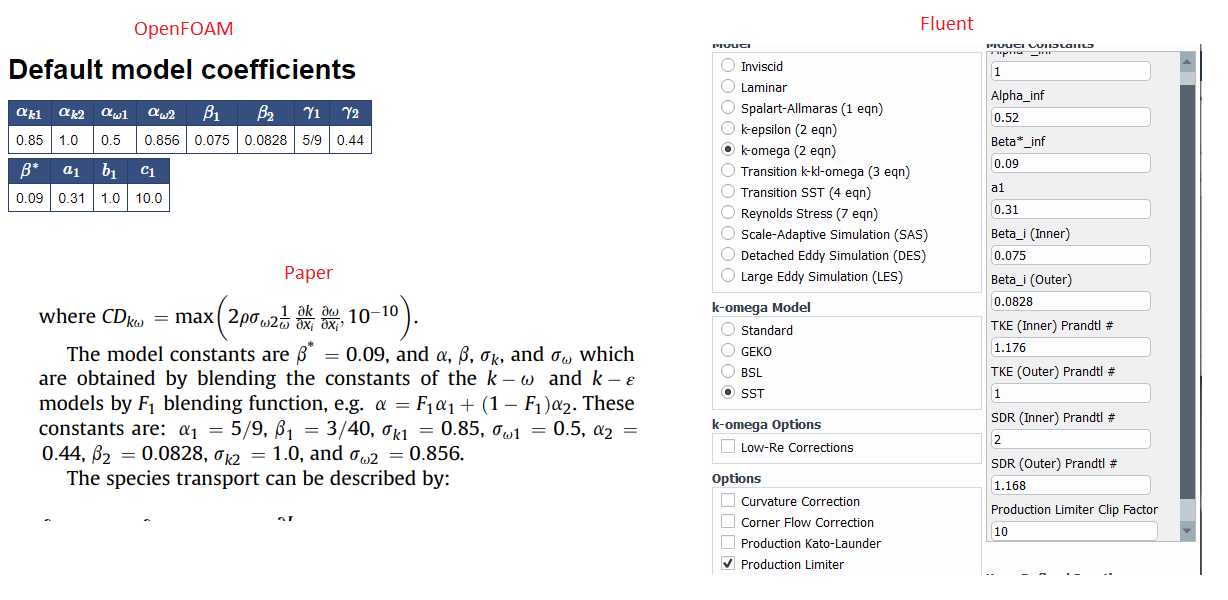-
-
December 13, 2021 at 12:00 am
horde
SubscriberHello,
when I use SST k-w turbulence model, the results near the wall are very close to the results of the articles.
But by moving away from the wall, the results are completely wrong. (Axial velocity should be positive but remain negative.)
when I use the k-e realizable turbulence model, the positive and negative regions are correctly identified, but the values are far from the experimental results, which is consistent with previous simulations of the articles.
Is there a special technique for using SST k-w turbulence model in combustion (turbulent and swirl flow)?
According to the articles, my results with SST k-w turbulence model should be much better than k-e realizable turbulence model.
December 13, 2021 at 5:34 amKeyur Kanade
Ansys EmployeeDecember 13, 2021 at 6:14 amViewing 2 reply threads- The topic ‘SST k-w turbulence model’ is closed to new replies.
Ansys Innovation SpaceTrending discussions- air flow in and out of computer case
- Varying Bond model parameters to mimic soil particle cohesion/stiction
- Eroded Mass due to Erosion of Soil Particles by Fluids
- I am doing a corona simulation. But particles are not spreading.
- Centrifugal Fan Analysis for Determination of Characteristic Curve
- Guidance needed for Conjugate Heat Transfer Analysis for a 3s3p Li-ion Battery
- Issue to compile a UDF in ANSYS Fluent
- JACOBI Convergence Issue in ANSYS AQWA
- affinity not set
- Resuming SAG Mill Simulation with New Particle Batch in Rocky
Top Contributors-
3977
-
1461
-
1272
-
1124
-
1021
Top Rated Tags© 2025 Copyright ANSYS, Inc. All rights reserved.
Ansys does not support the usage of unauthorized Ansys software. Please visit www.ansys.com to obtain an official distribution.
-


Ansys Assistant

Welcome to Ansys Assistant!
An AI-based virtual assistant for active Ansys Academic Customers. Please login using your university issued email address.
Hey there, you are quite inquisitive! You have hit your hourly question limit. Please retry after '10' minutes. For questions, please reach out to ansyslearn@ansys.com.
RETRY








